Home security technology has advanced rapidly in recent years. More homeowners are investing in smart home devices and surveillance cameras to monitor their property from anywhere. One interesting development in this market is the emergence of light bulb cameras - security cameras built into functional light bulb housings. These inconspicuous devices give homeowners a discrete way to monitor their homes.
In this blog post, we'll take a closer look at what light bulb cameras are, their benefits for home security, limitations to consider, and tips for choosing the right model.
What Are Light Bulb Cameras?
Light bulb cameras offer a dual purpose for lighting and surveillance. The cameras are integrated directly into LED smart bulbs or standard bulb housings. This allows them to screw directly into regular light sockets for easy DIY installation without rewiring.
These cameras come in various shapes, sizes, and styles to suit different fixture types and socket sizes. Common options include A19, BR30, PAR38, and candle shapes. This flexibility makes installing light bulb cameras into most existing fixtures easy.
Benefits of Light Bulb Security Cameras
Several notable benefits make light bulb cameras an appealing home security option:
- More discreet appearance - Light bulb cameras are designed to look just like regular light bulbs when installed in a socket. This allows them to blend seamlessly into any home's decor and appear less conspicuous than a visible security camera mounted on the wall or ceiling. The clever concealment helps them go unnoticed by intruders.
- Dual lighting and security function - Rather than requiring the purchase and installation of separate light bulbs and security cameras, light bulb cams combine both functions in a single device. This dual-use provides homeowners with ambient lighting for a room and a streaming/recording security camera, all from one convenient product. This two-in-one integration saves homeowners money too.
- Easy screw-in installation - Installing a light bulb camera takes only minutes and requires no special tools, wiring, or professional installation. Users simply twist the camera light bulb into an existing socket like a normal light bulb. This simplicity makes DIY security setup quick and hassle-free.
- Remote access from your smartphone - Homeowners can conveniently monitor their property from anywhere via a mobile app or tablet. Live view and recorded video can be easily accessed remotely to check in on a house, pets, kids, etc., no matter where you are.
- Motion-activated recording - Light bulb cams have built-in motion sensors that automatically trigger video recording when movement is detected in the camera's field of view. This key functionality records important activities without requiring constant active monitoring.
- Wide 180-360° field of view - Most light bulb cameras offer exceptionally wide viewing angles ranging from 180 to 360 degrees. This expanded field of vision allows just one ceiling light bulb camera to effectively monitor a large room area.
- Two-way audio - Some advanced light bulb cams include two-way audio communication via an integrated speaker and microphone. This allows homeowners to listen and talk to anyone near the camera in real time for enhanced monitoring and communication.

Limitations of Light Bulb Security Cameras
While light bulb cameras do provide key benefits, there are some limitations to keep in mind:
- In some models, the narrower field of view - While higher-end light bulb cams offer 180° or more field of view, cheaper entry-level models may have a more limited 110° viewing angle. This can result in missed peripheral activity occurring just outside the camera's sightline. Critical context could be lost with a narrow field of view.
- Dimmer lighting may not provide the same brightness as a dedicated smart LED or CFL bulb. Since light bulb cameras have to accommodate lighting and camera components, the lighting may be dimmer than that produced by an equivalent wattage non-camera bulb. Those needing ample illumination for tasks may find that dual-purpose cameras don't provide sufficient brightness.
- WiFi connectivity issues - Like most smart home gadgets, light bulb cams rely on WiFi to transmit the video feed. Network outages or bandwidth issues can temporarily disrupt this streaming connectivity. Placement far from the router can also impact signal strength and lead to choppy footage.
- 1080p video resolution maximum - While decent, the best light bulb cameras are currently limited to 1080p recording quality. More expensive wired security cameras can capture clearer 4K or 5K footage with additional detail. Lower light performance may be reduced, too.
- Higher cost than basic cameras - The lighting elements make these pricier than basic indoor security cameras. This costs 2-4 times more than basic indoor cameras without the lighting components. The extra functionality comes at a premium.
- Privacy concerns - Having cameras continuously monitoring the interior of your home could feel invasive or raise privacy concerns, especially in private spaces like bedrooms and bathrooms. Also, connected cameras are potentially vulnerable to hacking.

Tips for Choosing the Right Model
To select the best light bulb camera for your needs and settings, keep these tips in mind:
- Choose a wide 180° field of view or higher to maximize room coverage with a single bulb.
- Look for 1080p or 4K video resolution to ensure the clearest footage quality possible.
- Check your WiFi router signal strength and capacity across multiple connected devices.
- Test the light brightness in lumens and adjust the fitting for your space.
- Opt for reputable brands to ensure reliability, security protections, and warranty support.
- Compare costs to standalone cameras offering similar lighting capacity and video resolution.
Using With Other Smart Security Systems
Light bulb cameras can also complement full smart home security setups:
- Many models integrate with platforms like Amazon Alexa or Google Assistant for voice control.
- Use traditional wired security cameras for additional coverage.
- Connect to other devices like smart switches, locks, and motion sensors for a complete system.
- A professional installation is recommended if wiring into an existing wired security system.

Conclusion
Light bulb security cameras offer an appealing way to inconspicuously monitor your home with remote access and motion-activated recording. Key benefits include their discreet appearance, easy installation, and dual lighting and surveillance function. However, limitations like visibility constraints and WiFi connectivity should be considered.
When choosing a light bulb camera, focus on key factors like lighting needs, video resolution, and field of view. These devices can provide cost-effective basic monitoring alongside a full-service home security system. Take appropriate precautions like encrypting the video signal and using strong passwords to secure feeds.
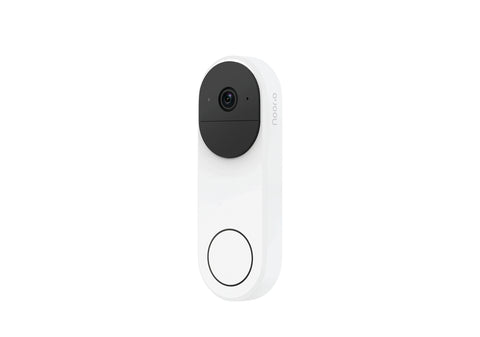
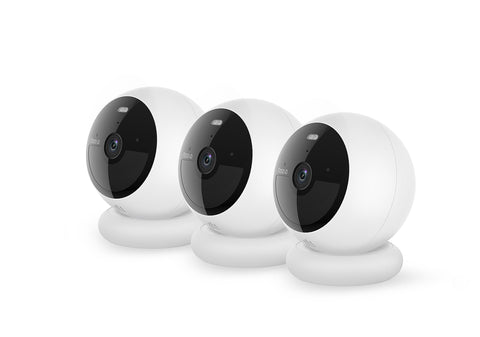
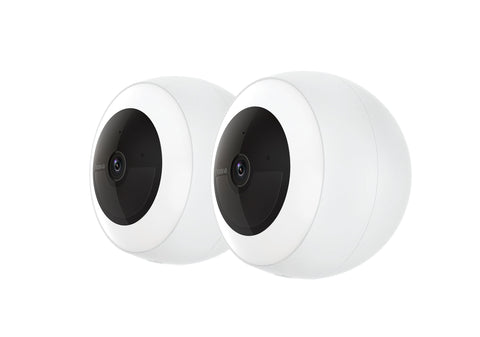
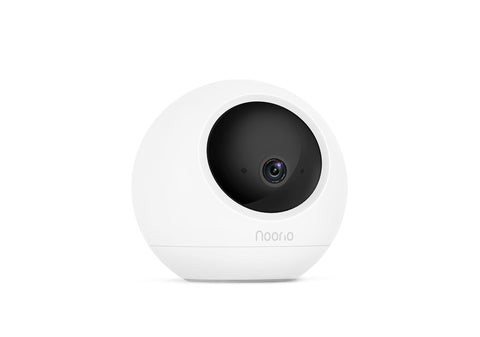
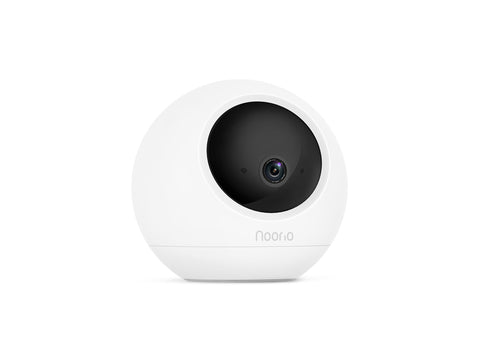




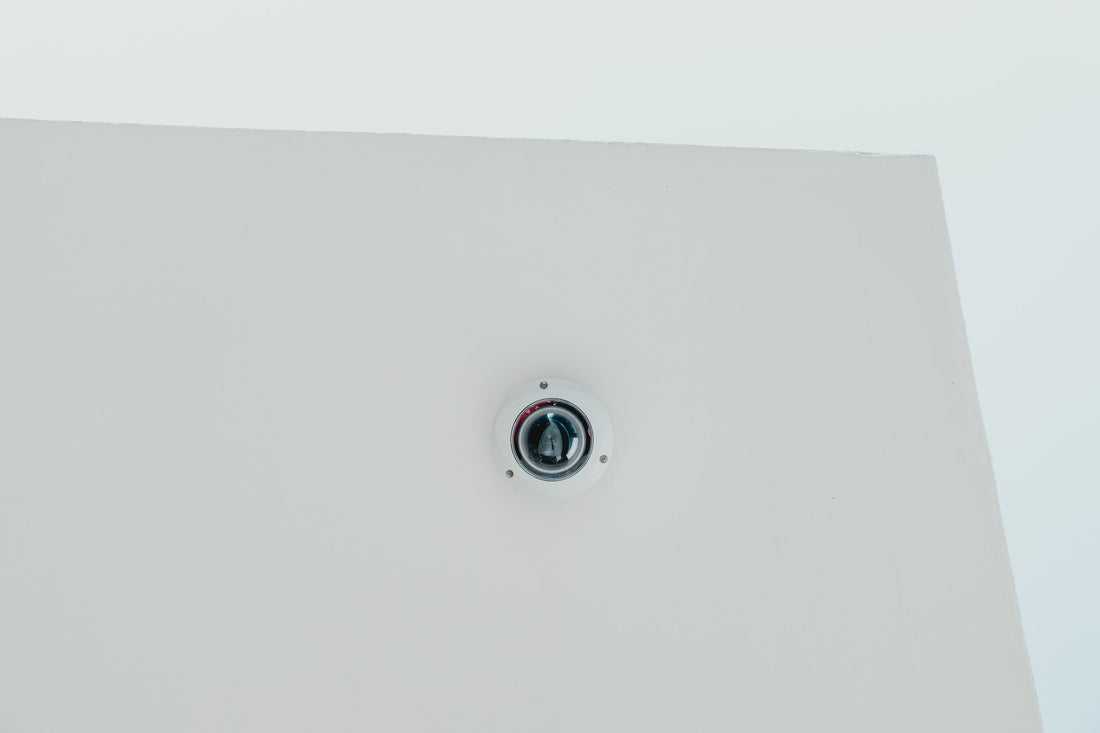


1 comment
Awesome article, thank you